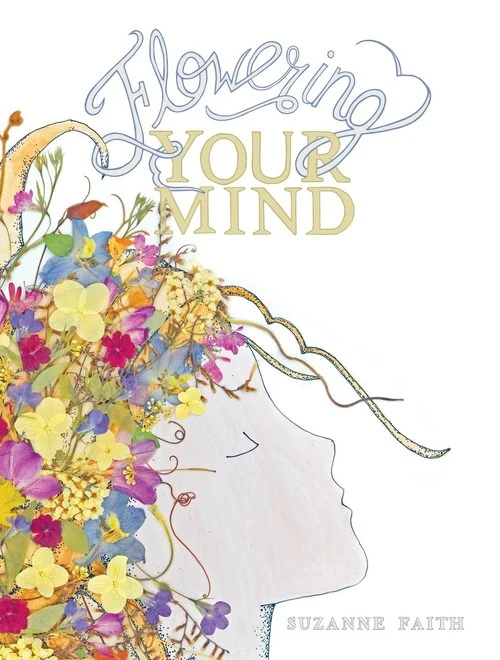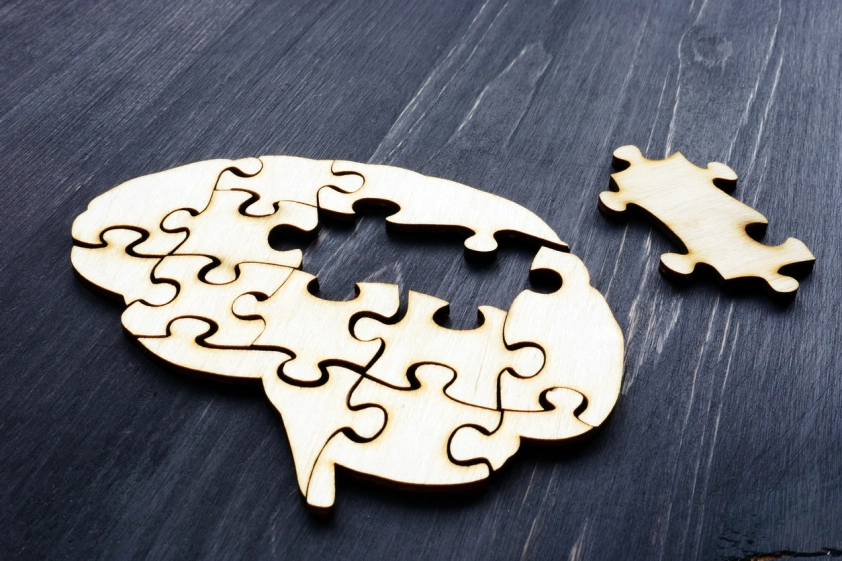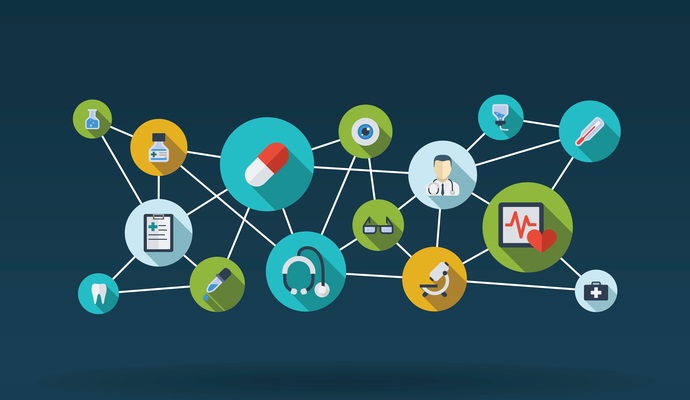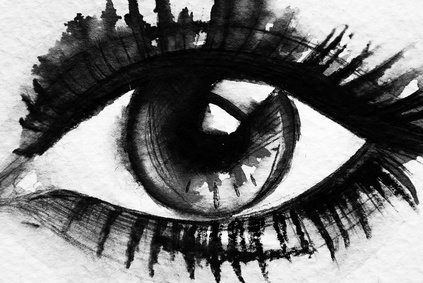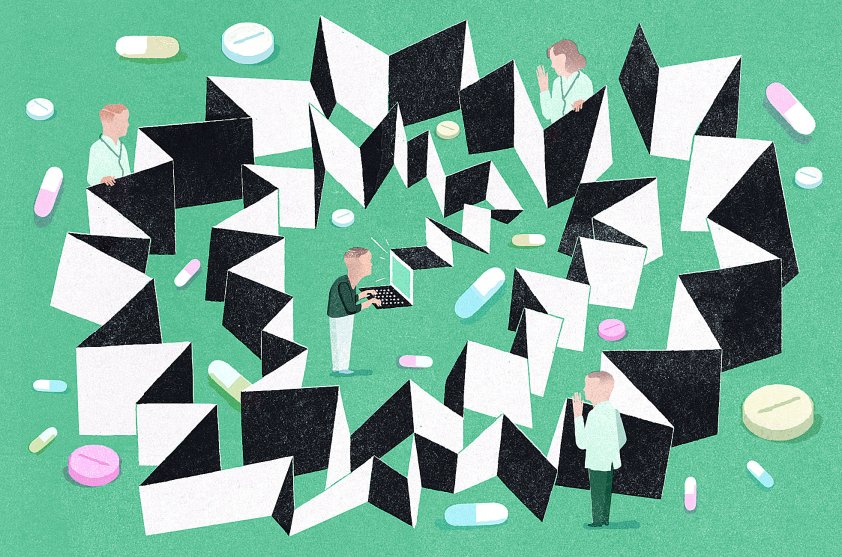| AN EXCERPT FROM “FLOWERING YOUR MIND” by Suzanne Faith. You won’t find advice like this from any other florist, gardener or artist. Suzanne Faith weaves her unique expertise in art and the mind into wise guidance that offers us balance . . . in life, not just in our floral arrangements! In Chapter 7, Suzanne writes: “As you set out to begin creating your flower design, relax and begin to experiment with colors, textures, and shapes you have chosen. There is nothing better than hands-on experience. When we touch things and feel them, our brain immediately responds and seeks to make a connection. The visual connection we have to flowers triggers a happy response, which gets woven into your design pattern. “There are seven basic principles involved when seeking to create an appealing floral design. Since our brains are instinctively drawn to patterns and shapes, the success to creating a good design comes from incorporating and balancing these principles of proportion, dominance, rhythm, contrast, harmony, and unity to ensure a beautiful outcome. . . .“Harmony is what brings together a composition. If your arrangement is composed of wavy lines and organic shapes, you would stay with those same types of lines and shapes. “Unity occurs when all of the elements of a piece combine to make a balanced, harmonious, complete whole. Unity is another hard-to-describe art term, but when it’s present, your eye and brain are pleased to see it. When you are designing a visually balanced, harmonious arrangement, your brain will respond to the calm of the design as well provide you with a sense of well-being.” |
An excerpt from “Flowering Your Mind”
CREATING FOR EMOTIONAL HEALTH
Studies show that the act of creating not only increases the circulation and stimulation of neural pathways in the brain, but also that this stimulation has a positive effect on mood and morale. Stress causes the blood vessels in the brain to constrict, decreasing circulation and blocking the flow of energy. Think of a writer or artist expressing that they have writer’s block or creative block. The body senses this change and signals to other parts of the body tighten, blocking energy flow. This results in a state of disease. Creativity opens up the flow of blocked energy, returning the body to a more natural, harmonious state.
According to Gene D. Cohen, M.D., Ph.D. in his book The Creative Age: Awakening Human Potential in the Second Half of Life (Gene D. Cohen, 2000), creativity improves life in a variety of ways. Engaging in creative endeavors fosters a sense of well-being, which boosts the immune system and contributes to overall health. Creating promotes the release of positive emotions through the parasympathetic nervous system while decreasing the flow of negative emotions. Creating also requires the hands to coordinate a large variety of fine motor movements. These movements, along with the increased use of hand-eye coordination, stimulate the visual spatial centers of the brain. The more the brain is able to communicate in unison with all its parts, the more pronounced the sense of harmony.
Science has now confirmed that creative expression is an important adjunct to overall brain health. A healthy brain helps to maximize our capacity to deal positively with our environment, promoting health and wellbeing. Creative expression empowers us and enables us to connect and discover our true self through self-expression. Candace Pert, a biophysics and physiology professor at Georgetown University Medical Center, has extensively studied the impact of creativity on the brain. Her research (Candace Pert) suggests the existence of a two- way communication link between the brain and the immune system with each influencing the other. She theorizes that the emotional connection one experiences while creating actually causes the brain and the immune system to release a series of neuro- chemicals throughout the body, which promote health and well-being.
There are a lot of misconceptions about what it takes to express oneself creatively. Some believe people are either born with talent or not. Many are afraid of playing with creative expression since they are afraid they lack talent. They fear they won’t “do it right” and will therefore gain no benefit from engaging in a creative activity.
What’s important is that engaging in any activity that allows a flow of creative expression provides a distraction for the brain while providing a break from the usual daily thoughts. The average person has 60,000 thoughts per day, and 95% of them are exactly the same day in and day out (Truth Inside of You). This repetition of thought does nothing to stimulate or build new neural pathways.
Creating consciously and with intention allows the creative process to be the healer, as the brain and body are stimulated to work together as one. The physiology of the body changes from one of stress to one of relaxation. There is a reason you feel “in the zone” when you become totally immersed in a creative activity. The brain wave patterns this type
of engaged activity produces causes the autonomic nervous system to flood the brain with
an increase in positive, stimulating neurotransmitters. Blood flow not only increases to the brain but to the entire body, nourishing the cells with oxygen and creating a healing physiology.
Healing comes from within as our creative self takes us on the journey inward, opening up our imagination and connecting us to our innermost emotions. The journey inward is to that of our very spirit—that which animates us and flows through us as our vital life
force. In order to create, the mind and body must work in unison. They are not separate, but rather extensions of one another. That which forms the bridge weaving these two energetic forces together is our emotions creating an interdependent and interconnected system. Cultivating the ability to create consciously affords us the opportunity to become whole, brings us clarity of mind, and rewards us with emotional well- being.

